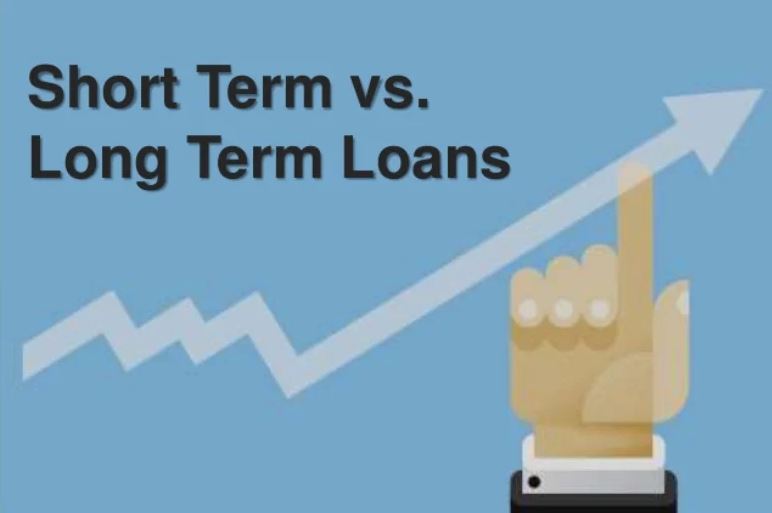Short-term loans offer borrowers quick and easy access to money, but they come with risks. Borrowers can be tempted to use short-term loans to meet short-term financial needs, which can lead to long-term financial problems. On the other hand, long-term loans can offer stability and a longer repayment period, but they can also come with higher interest rates. It’s important to weigh the pros and cons of each type of loan before making a decision and to always consult with a financial advisor.
Defining Short and Long-Term Loans
When you think about a loan, what comes to mind? Many of us think about short-term loans, which are typically loans that are payable over a shorter time frame, such as within a year.
But what about long-term loans? These are typically loans that are payable over a longer time period, such as over a decade or more.
Also, read about- How to get a loan for bad credit for Christmas?
The main difference between short-term and long-term loans is the length of time the loan is expected to be paid back.
Short Term Vs Long Term Loan
When considering a loan, most people focus on the term. This is the length of time for which the loan is available.
1. A short-term loan is available for a specific period of time, usually three months or less. This is the most common type of loan. A long-term loan is available for a period of more than three months. This type of loan is more difficult to find but can be more beneficial because the interest rates are usually lower.
2. There are also hybrid loans that fall in between the two. These are loans that have a short-term component and a long-term component.
3. Short-term loans are typically paid back within a year or less, while long-term loans are typically paid back over a longer period of time, such as over 10 years or more.
4. A short-term loan usually has a higher interest rate than a long-term loan.
5. Another important difference is that a short-term loan can often be used to finance only a specific purpose, such as buying a car or taking a vacation, while a long-term loan can be used for a variety of purposes, such as repairing your home or buying a new car.
So, when deciding whether to take out a loan, be sure to consider the length of time the loan is expected to be paid back, as well as the interest rate and the available uses for the loan.
Advantages and Disadvantages of Each
1. Short-term loans are typically given to people who need money urgently, such as with sudden expenses. They are also often given in amounts that are not too large, so the borrower can cover the cost immediately.
2. The advantage of a short-term loan is that it is usually quick and easy to get the money you need. The disadvantage is that if you can’t pay back the loan on time, you’ll have to pay interest and fees.
3. Long-term loans are often given to people who need money over a longer period of time. For example, you might borrow money to buy a car or to start a business. They are also often given in larger amounts so that you can afford to pay them back over time.
4. The advantage of a long-term loan is that it can help you save money in the long run. The disadvantage is that you may have to pay interest on the loan, and it may take longer to get the money you need.
Which One is Right for You?
Short-term loans can help you bridge a temporary financial gap, while long-term loans can provide you with a long-term solution. Short-term loans can help you bridge the gap between now and your next paycheck; long-term loans can provide you with a long-term solution to your financial problems. Short-term loans are ideal for when you need to cover a short-term financial need, like covering a rent payment or unexpected car repair. Long-term loans are better for situations where you need more than just a short-term fix, like funding a larger purchase or covering an extended repayment term.
Conclusion
Short-term loans are often easier to get but can have higher interest rates. They are good for short-term needs, such as covering a short period of rent, buying groceries, or paying for a car repair.
Long-term loans can be a better option if you need money for a more extended period of time, such as paying off a credit card debt, buying a home, or starting a business. They usually have lower interest rates and are available in a variety of forms, such as fixed-rate loans, variable-rate loans, or loans with a low-interest rate that is adjustable.
